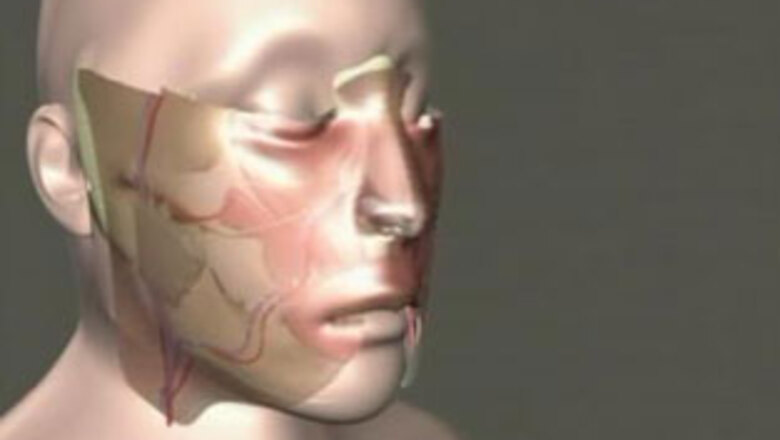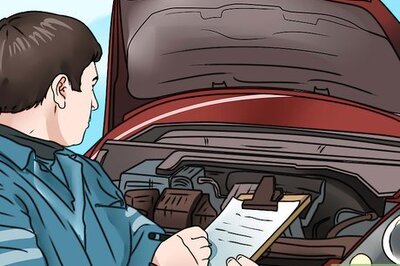
views
Cleveland: Her injuries were ghastly: no nose, no palate, no way to eat or breathe on her own, a face so hideous that children who saw her screamed and ran away.
From the moment they met earlier this year, Dr Maria Siemionow knew the severely disfigured woman would be the one — the first person in the US to receive a face transplant.
"Our patient was called names and was humiliated. You need a face to face the world," said Siemionow, the Cleveland Clinic reconstructive surgeon who led the operation about two weeks ago.
During the 22-hour procedure, 80 per cent of the patient's face was replaced with bone, muscles, nerves, skin, blood vessels and some teeth taken from a woman who had died hours earlier.
It was the fourth face transplant in the world, though the others were not as extensive as this one.
"I must tell you how happy she was when with both her hands she could go over her face and feel that she has a nose, feel that she has a jaw," Siemionow said. "She wants just to go out and be invisible in the crowd."
The patient's name and age were not released, nor were details on how she was injured, and she did not appear at a hospital news conference Wednesday.
Surgeons said she was doing well and showing no signs of rejecting her new face. She was still sedated and unable to speak much, communicating mostly through writing, Siemionow said.
Doctors believe she will eventually be able to eat on her own, breathe normally instead of through a hole in her windpipe, and exhibit a full range of facial expressions, including smiling and frowning.
She is expected to spend weeks in the hospital, after which she will have to undergo periodic checkups for the rest of her life to watch for signs of rejection.
The transplant was fraught with ethical questions.
But the hospital's bioethics chief, Dr. Eric Kodish, said the circumstances and procedures followed for the donation and transplant were "beyond reproach."
"This is not cosmetic surgery in any conventional sense," Kodish said.
Over the past four years, Siemionow had considered dozens of desperate burn victims and other potential candidates for the operation, and practiced on animals and cadavers to perfect the technique. The woman selected was so badly injured that only her upper eyelids, forehead, lower lip and chin were left — the rest was replaced during the transplant.
Previous operations on the woman over several years at the Cleveland Clinic had made little improvement in her looks, doctors said.
"This patient exhausted all conventional means of reconstruction, and is the right patient," Siemionow said.
The donor's family gave specific permission for the face to be used.
The recipient was not shown a picture of the donor, and in animal experiments, "the recipient never looks like the donor," especially when the injuries are severe, Siemionow said. That is because the underlying bone structure is different from person to person.
The hospital posted a statement from the woman's sibling on its Web site.
After about three months waiting for a donor similar to the recipient in age, gender, tissue type and skin tone, Siemionow again asked her patient if she wanted to go through with it. "She said 'I'm ready. I've been waiting for this,'" the surgeon said.
Disfigured patients are stuck at home, "hiding from society" and afraid to go out, the surgeon said.
Many more like her exist, and a military grant to the clinic will let them explore the possibility of operating on soldiers left severely disfigured, Siemionow said.
The clinic is absorbing the roughly $200,000 cost of this first transplant because it is an experiment and part of research. They hope to offer more, but are taking this one case at a time for now, Siemionow said.
The world's first partial face transplant was performed in France in 2005 on a 38-year-old woman who had been mauled by her dog. Isabelle Dinoire received a new nose, chin and lips from a brain-dead donor. Apart from some rejection episodes, she has done well.
Two others have received partial face transplants since then — a Chinese farmer attacked by a bear and a European man disfigured by a genetic condition.
Leading plastic surgeons praised the operation. It's an example of a medical advance "that gives patients their lives back," Dr. John Canady, president of the American Society of Plastic Surgeons, said in a statement.


















Comments
0 comment